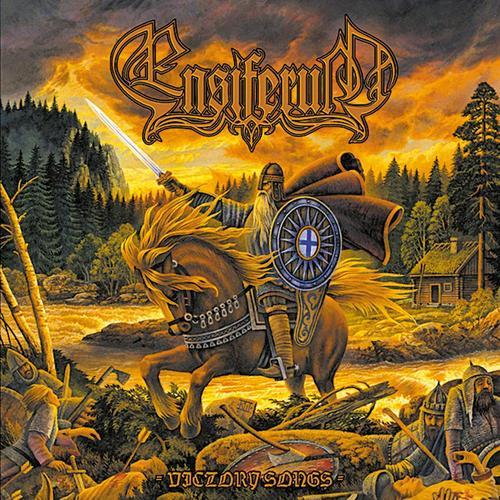
Understanding the Power of ENS, ETH, and Gas: A Comprehensive Guide
Decentralized finance (DeFi) and blockchain technology have revolutionized the way we interact with money and assets. One of the key components of this ecosystem is Ethereum Name Service (ENS), which allows users to use human-readable domain names instead of long, complex Ethereum addresses. In this article, we will delve into the intricacies of ENS, ETH, and gas, providing you with a detailed understanding of how they work together to enhance your Ethereum experience.
What is ENS?
ENS is a decentralized naming system for the Ethereum blockchain. It allows users to register and manage domain names that can be used to access Ethereum-based applications, services, and assets. Instead of using a long, hexadecimal address, users can simply type in a domain name, such as “mywallet.eth,” to access their Ethereum wallet or other Ethereum-based services.

ENS operates on the Ethereum blockchain and uses smart contracts to manage the registration, renewal, and transfer of domain names. Users can register domain names for a fee using ETH, and the registration process is typically straightforward. Once a domain name is registered, it can be used to access various Ethereum-based services, including wallets, decentralized applications (dApps), and more.
Understanding ETH
Ethereum (ETH) is the native cryptocurrency of the Ethereum blockchain. It serves as the primary currency for transactions and interactions on the Ethereum network. ETH is used to pay for gas fees, which are required to execute smart contracts and other transactions on the Ethereum network.
ETH can be obtained through various means, including mining, staking, and purchasing from exchanges. The value of ETH fluctuates based on market demand and supply, making it a valuable asset for investors and users alike.
When you purchase ETH, you can store it in a cryptocurrency wallet, such as MetaMask, MyEtherWallet, or any other Ethereum-compatible wallet. This wallet will allow you to manage your ETH, send and receive transactions, and interact with Ethereum-based services and dApps.

The Role of Gas in Ethereum
Gas is a fundamental concept in the Ethereum ecosystem. It is a unit of measure used to determine the cost of executing transactions and smart contracts on the Ethereum network. Gas is required for every operation performed on the Ethereum blockchain, including sending ETH, deploying smart contracts, and interacting with dApps.
Gas is priced in ETH, and the cost of gas can vary depending on network congestion and the complexity of the transaction. When you initiate a transaction or deploy a smart contract, you must specify the amount of gas you are willing to pay. If the transaction is successful, the gas fee will be deducted from your ETH balance.
Understanding gas fees is crucial for Ethereum users. High gas fees can make transactions expensive and slow, while low gas fees may result in failed transactions or long confirmation times. Users can monitor gas fees using various tools and services, such as Etherscan, to determine the best time to execute their transactions.
Table: Gas Fees and Transaction Times
| Gas Price (Gwei) | Transaction Time (minutes) |
|---|---|
| 1 Gwei | 10-15 |
| 10 Gwei | 5-10 |
| 50 Gwei | 2-5 |
| 100 Gwei | 1-2 |
By understanding the relationship between gas fees and transaction times, users can make informed decisions about when and how to execute their transactions.
Conclusion
ENS, ETH, and gas are essential components of the Ethereum ecosystem. ENS provides a user-friendly way to interact with Ethereum-based services, while ETH serves as the currency for transactions and interactions on the network. Gas is the unit of measure used to determine the cost of executing transactions and smart contracts. By understanding these concepts, users can navigate the Ethereum ecosystem with confidence and make the most of their Ethereum experience.



